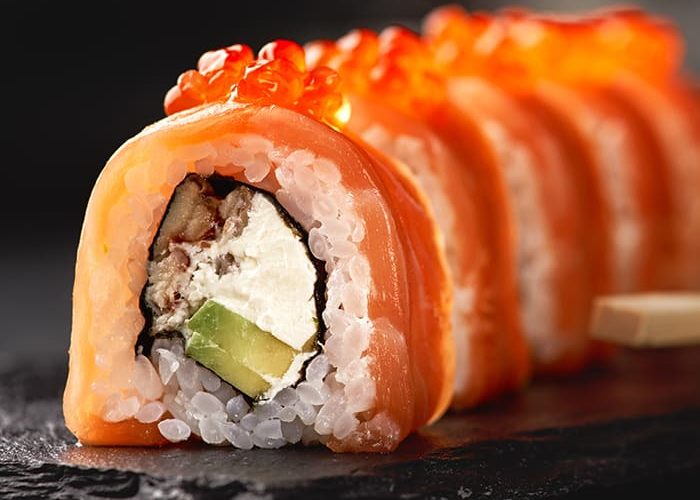
The main locations are Uchiura Bay (also Funkawan), Toi, Oma, Matsumae, Shiogama, Sado Island, Iki, Kii-Katsuura, Aburatsu, Okinawa and more. Tuna caught in Japan’s seas change locale depending on the season, and it is brought to the market raw. Raw tuna is inshore tuna, jumbo tuna, etc. Toyosu Market does not distinguish between the two types of Kuro maguro. Generally, Atlantic bluefin tuna from the Northern Atlantic has both fat and umami, and normally the price is comparable to wild Pacific Bluefin Tuna in neighboring waters. Therefore, the meat of the fish body firms and grows more fat to protect the internal organs from the low water temperatures. In particular, the areas in the ocean where Irish Atlantic (or Northern) bluefin tuna is caught in the northernmost of the cold regions so the water temperatures are very cold. The differences are really only the shape of the abdominal cavity when dissected.Ītlantic (or Northern) bluefin tuna from New York, Boston and Canada are ranked higher, followed by those from Spain, Malta and Croatia, which have slightly inferior meat.
#BLUEFIN SUSHI FULL#
These two types are subspecies (some believe they are actually different species), they look almost exactly the same, both have lifespans of 30 years and grow to nearly 400 grams at full size. The other is the Pacific Bluefin Tuna, which migrates across the Pacific Ocean from the seas around Japan to the west coast of North America, and spawns in Japanese territorial waters. One is the Atlantic (or Northern) bluefin tuna, which takes a long migration route from the east coast of North America to the Black Sea and spawns around the Mediterranean Sea. Scientific name: Thunnus thynnus (Linnaeus, 1758)Īt the markets, “Kuro maguro” is a mix of two types of fish. The wholesale price of pacific bluefin tuna (fresh) at Toyosu Market is 80 to 600 US dollars per kilogram depending on the part.Ītlantic bluefin tuna (Taiseiyou kuro maguro) They used to say that there was no substitute for it, but now that it is possible to quick-freeze to 60☌ below zero, it can be brought to Japan from all over the world. Inshore raw tuna is fresh and tastes amazing. It represents 1% of all-natural tuna resources. At its largest, it is 3m long and weighs up to 400kg. This is the king of tuna, and is also known a shibi or honmaguro. Scientific name: Thunnus orientalis (Temminck and Schlegel,1844) P acific bluefin tuna (Taiheiyou kuro maguro) Let’s take a look at the detailed characteristics of these six types of tuna Obviously, the taste differs depending on the type. When ready to eat, slowly defrost in refrigerator and consume within same 24 hours.There are six types of tuna often used for sushi toppings: Pacific bluefin tuna, Atlantic bluefin tuna, Southern bluefin tuna, Bigeye Tuna, Yellowfin Tuna, and Albacore.

For best results, we recommend placing proton frozen tuna in the coldest part of your freezer and storing for no more than 7 days. Proton freezing technology slows this process but does not prevent it. * Certain species, like tuna, naturally turn brown once exposed to air or if stored in a traditional freezer. Color is also comparable to fresh if fish is properly stored and defrosted*. As a result, taste and texture are preserved naturally, without any additives or chemicals. Proton-freezing is a quick-freeze technology that combines evenly distributed electromagnetic waves and cold air to reduce ice crystal formation and cell membrane damage. You could even flash sear them and serve with steamed rice, roasted veggies or salad. Rather than waste them, we say, eat them! Keep on hand for a quick sashimi snack, sushi rolls, poke bowls and more. Our proton frozen bluefin chunks are simply imperfect cuts leftover from our nicer-trimmed portions.

Bluefin tuna is one of the most prized of all types of tuna used by sushi chefs, and always in high demand for its distinctive flavor and firm texture.


 0 kommentar(er)
0 kommentar(er)
